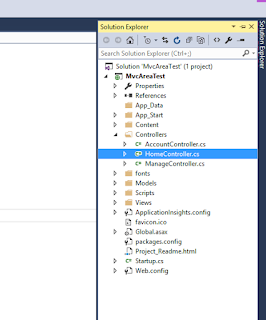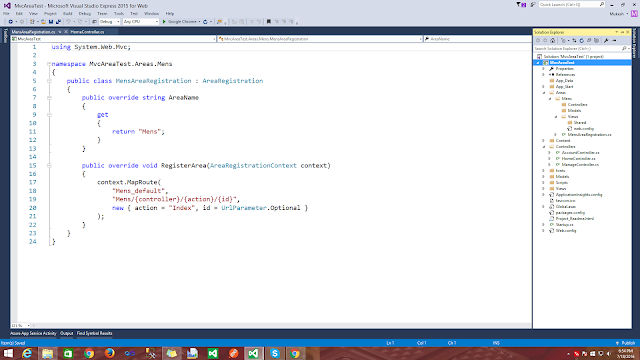Today i am going to explain about Web api or web application Load testing tool "APACHE JMETER".You can create concurrent user at a time APACHE JMETER create thread group according concurrent user.
Apache JMeter is used to test performance static and dynamic resources both (Webservices (SOAP/REST), Web dynamic languages in PHP, Java, ASP.NET, Files, etc... Java Objects, Data Bases Queries, FTP Servers and more other..).
Apache JMeter is used to test performance static and dynamic resources both (Webservices (SOAP/REST), Web dynamic languages in PHP, Java, ASP.NET, Files, etc... Java Objects, Data Bases Queries, FTP Servers and more other..).
It can be used to simulate a heavy load on any server, group of any servers, any network or any object to test its strength or to analyze overall Load performance under different load types. You can use it to make a graphical analysis chart,Excel report,csv report, of performance or to test your server/script/object behavior under heavy concurrent load.
Features of APACHE JMETER:-
- You can test performance on many different server/protocol types using jmeter:
- Web - HTTP, HTTPS protocol
- SOAP / REST services.
- FTP
- Database via JDBC
- LDAP authentication.
- Message-oriented middleware (MOM) via JMS in java.
- Mail - SMTP(S), POP3(S) and IMAP(S)
- Native commands or shell scripts
- TCP protocol
- Complete portability and 100% Java purity.
- its support fully multi-threading framework allows concurrent sampling user by many threads and simultaneous sampling of different functions by separate thread groups.
- Careful GUI design allows faster Test Plan building and debugging.
- Caching and offline analysis/replaying data of test results very fast.
- you can make report in form of graph,csv,excel..etc....
How to use APACHE JMETER to test WebApi?
Step 1:-Download and install on your machine.but you need to install java environment because its pure java application.
Click here:- http://jmeter.apache.org/download_jmeter.cgi
Step 2:- Create a test plan.see image ................
Step 3:- Create thread group(concurrent user) following these step.............
Add=>Threads(Users)=>Thread group...thereafter open new panel, according your requirment you can set any number of concurrent user(thread). .see image ................
Step 4:-You can add httpheader parameter see image...
after adding httpheader panel you add header parameters like this see image.
Thereafter you'll set your request parameter,proxy,baseurl,relativeurl.etc...
Step 6:-If you are using any type of authentication in your application you'll set authentication part ..see image.
Step 6:-If you are using any type of authentication in your application you'll set authentication part ..see image.
Step 7:-Add listener panel to show performance report ,there are many type of report format you can select any .see image.........
Step 8:-Check your all setting again and click on start button which is in top of screen(green button)
After click on START you can check you request and response data on view result panel.
see image............
click on summery report you report is generated in the form of table ,you save it in own form.
Note:-This is best tool to test load performance of any web application or web api.
Step 8:-Check your all setting again and click on start button which is in top of screen(green button)
After click on START you can check you request and response data on view result panel.
see image............
click on summery report you report is generated in the form of table ,you save it in own form.
Note:-This is best tool to test load performance of any web application or web api.
Bikesh Srivastava
Interview Question,
MVC,
WEB API

























